This mixed-use loop runs mostly on dirt road on the right side of the Valley with a return on asphalt from the opposite side and allows you to explore forests, discovering historical architectural emergencies, especially the Cerose di Banda, Montebenedetto, as well as castles, towers and medieval strongholds, on the
Via Francigena of the Susa Valley
.
Ė required a fair level of training, also doable by gravel bike, although in a small section it is difficult to pedal by this means and will have to descend on foot, with about 40 percent of the route on natural ground.
Starting in Susa, we climb the first steep section of the legendary ascent to the Colle delle Finestre in Meana di Susa; At the beginning of the village, turn left heading towards Mattie. Shortly after the junction on a sharp bend, turn 180°, following the signs for Menolzio where we will cross the Tower and the remains of its 12th-century Casaforte. Through the hamlets of the village, one comes to a dirt section in the midst of chestnut groves and then takes the provincial road downhill in the Giordani area towards Bussoleno. Watch out because halfway down the last straight you turn right almost 180° while in perspective in the background you will see the Castle of San Giorio di Susa. The road then goes up through the Borgate dell’inverso of Bussoleno, Tignai, Meitre, Bessetti, and here it turns for Castel Borello.
The Borello Castle
Private today, ihe small, almost square-plan castle with walls crowned with battlements and a patrol path, has 10th-century origins and stands isolated on a rock outcrop nestled among meadows. Its construction is complementary to that of the castle of San Giorio, also located on the right bank of the Dora; both in a dominant position, they had control over large areas of the territory and, in particular, over the Francia road that ran along the valley floor. A really interesting vantage point.
From here, follow the dirt road to the entrance of the “Brown and Stone Trail.” A section of single track there about 500 m. which flows into the hamlets of Grangia and Pognant di San Giorio, The descent on asphalt stops in the hamlet of Viglietti, where we turn right to take the carriageable dirt road, but with a stony and challenging surface in its first part, which among centuries-old chestnut trees and old quarries will take us to the “balcony of Banda from where the profile of the Chiuse and the Sacra di San Michele stands out to the east.
The Charterhouse of Banda
Carthusian monks arrived in the Susa Valley at Losa di Gravere between 1189 and 1191. A few years later, they asked Count Thomas I of Savoy for permission to move to Monte Benedetto, above Villar Focchiardo, as the first arrangement did not satisfy their desire for isolation. At the beginning of the 15th century, living conditions at the Carthusian Monastery of Montebenedetto became precarious due to the frequent overflowing of the Rio della Sega and Rio delle Fontanelle streams that flowed on either side of the Carthusian monastery itself. After various disasters over the years, in 1498 permission was given to abandon the Charterhouse and move further downstream to Band, a grange established around 1206, which had already become very important for agricultural and timber production purposes, rooms for converts, a cloister, church and other structures were built. Today the Charterhouse of Banda, inhabited by very few private individuals, is partly destroyed, but the three main cores, arranged in a semicircle, are visible.
From Banda a narrow, steep descent leads to the village of Villar Focchiardo. From the hamlet of Castagneretto we begin the ascent to Monte Benedetto. The road has a natural bottom all immersed in the forest and with a series of hairpin bends in 8 km climbs the slope with average gradients around 9% for about 700 m D+ and then reaches with traverse and a small descent the Charterhouse.
The Charterhouse of Montebenedetto
The remains of the Carthusian monastery, limited to the main core and the abbey church, are now privately owned and house an alpine pasture (with an ice cream parlor attached!). The church, which had long been reduced to a barn, was made the subject of restoration by the Cottian Alps Park: the monastic complex is now within whose territory the regional protected area is located. The building has a single nave, and was expanded in later stages as detectable from the traces on the exterior walls. Overall, the church is Romanesque in style although there are some Gothic details. The bell tower is from the early 13th century. Of the cells, no trace remains. Above what was once the main entrance, now walled up, is a 15th-century fresco depicting the Virgin and Child venerated by some monks. A little further downstream from the Carthusian monastery are the ruins of the correria, the rooms that were reserved for the converts and staff serving the monastery.
You return to Villar Focchiardo from the road made uphill and cross the Dora Riparia River entering Borgone di Susa. From here we go up the valley at the foot of the orographic left slope on secondary roads and through all the villages.
A San Didero on the cobblestones you pass by the stronghold medieval battlements, at Bruzolo you can see the 13th, century Castle, classifiable among the most interesting castles in the Valley, built around an older Tower. It is located in an area still partially surrounded by meadows and vineyards, in the middle of an open space. Since it is not built on a high point, it is equipped with defensive structures such as a double wall and a rampart and by a first outer fortified wall. A Chianocco the proposed percxrso passes in front of the Household. A 12th-century building, mentioned in documents as domus fortis, has square castle structure in Romanesque style, with a walled courtyard – defended by an entrance tower to protect the residence, crowned with battlements and with apparatus of mullioned windows, doors and monumental chimneys.
Going up to the hamlet Foresto di Bussoleno having reached the bridge over the Rio Rocciamelone, with a short digression it is impossible not to visit the mouth of theForesto Gorge, and narrow limestone canyon carved by the waterfall that houses a spectacular Via Ferrata. At its entrance on the left is the “Lazaretto,” a stone construction leaning against the wall that was probably a compulsory shelter for plague patients in the 17th century.
From Foresto in a few kilometers you can return to Susa.
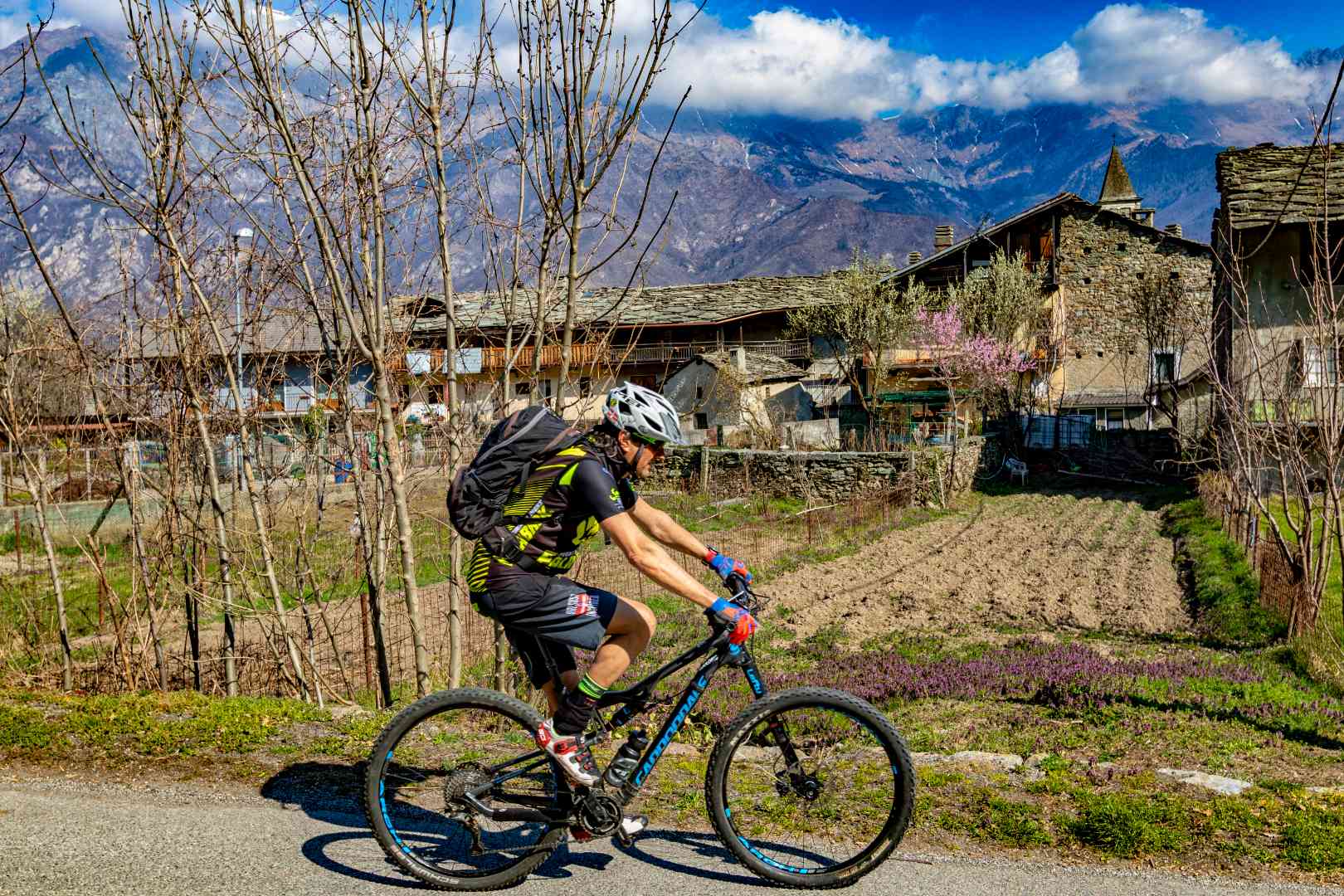
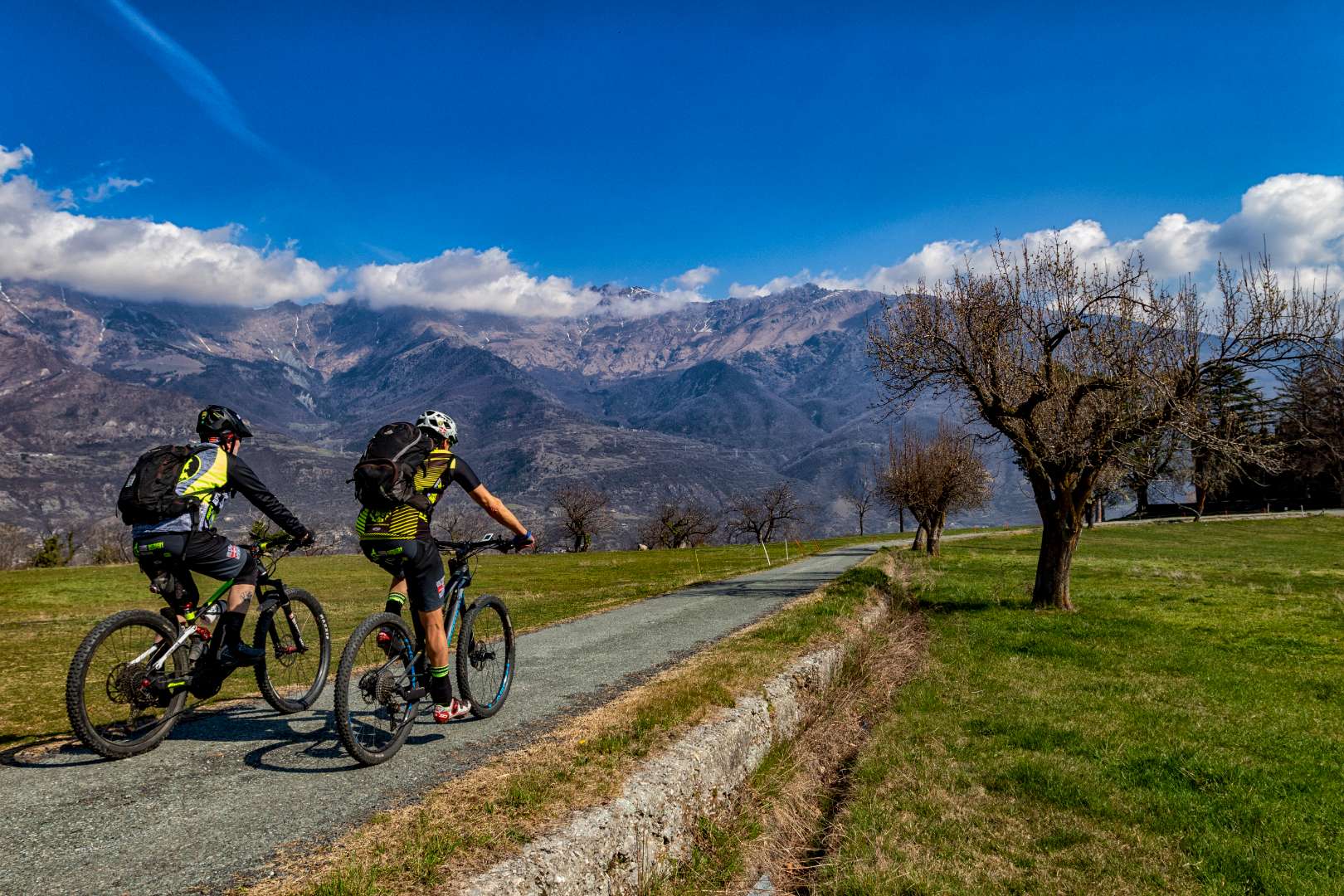
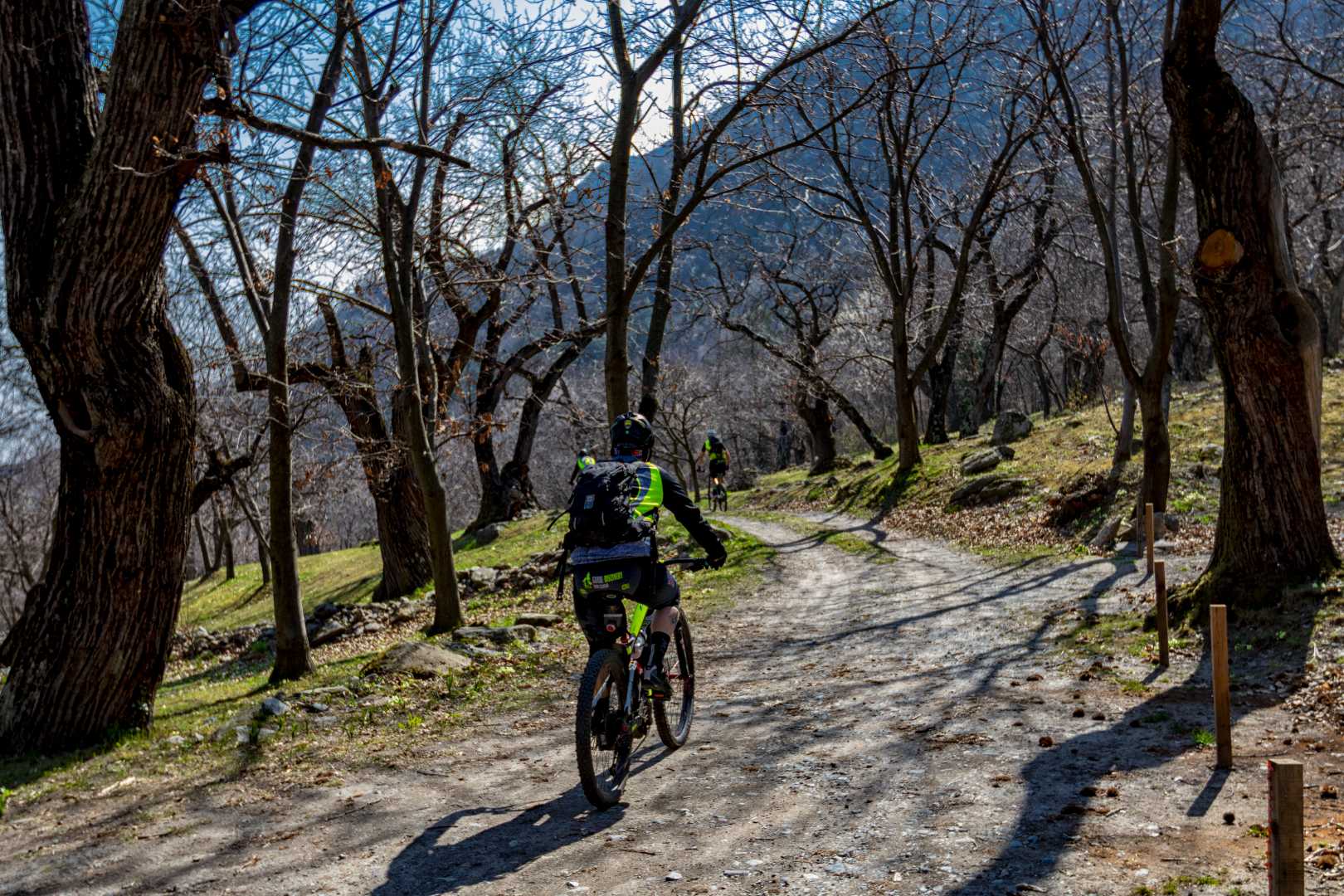
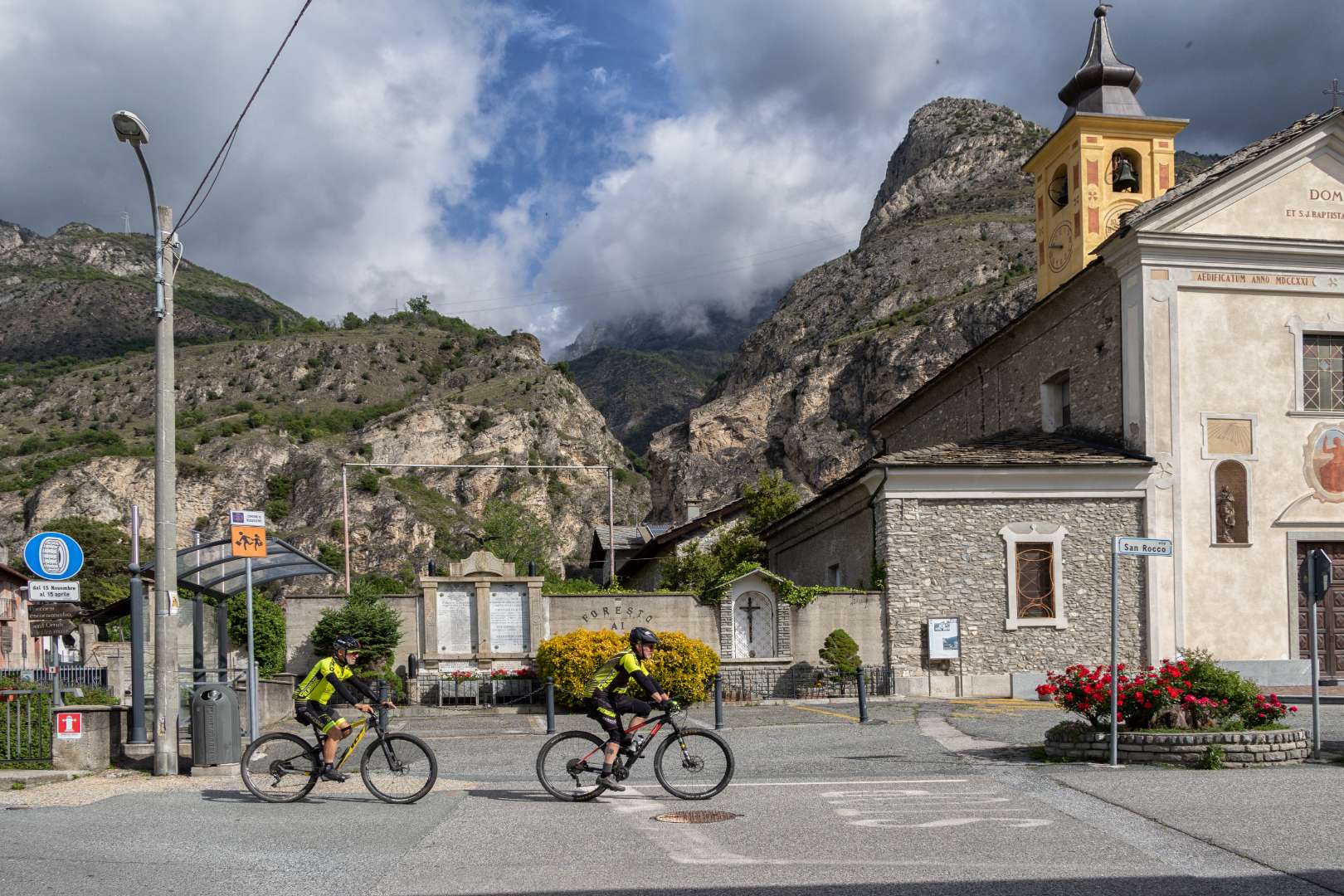
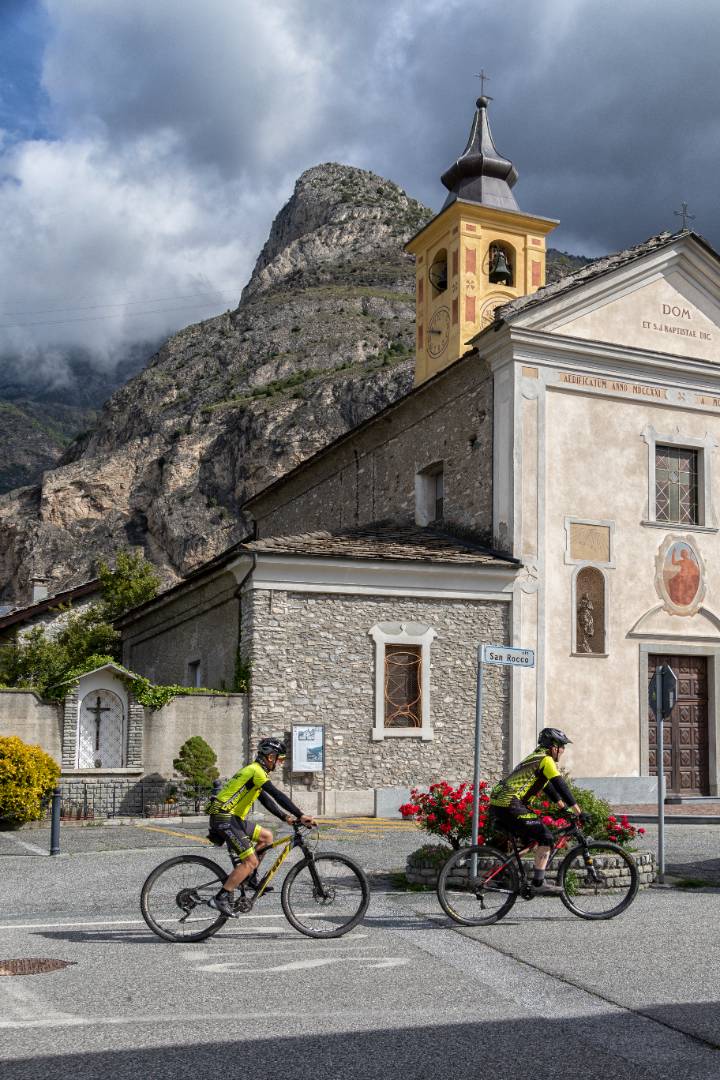
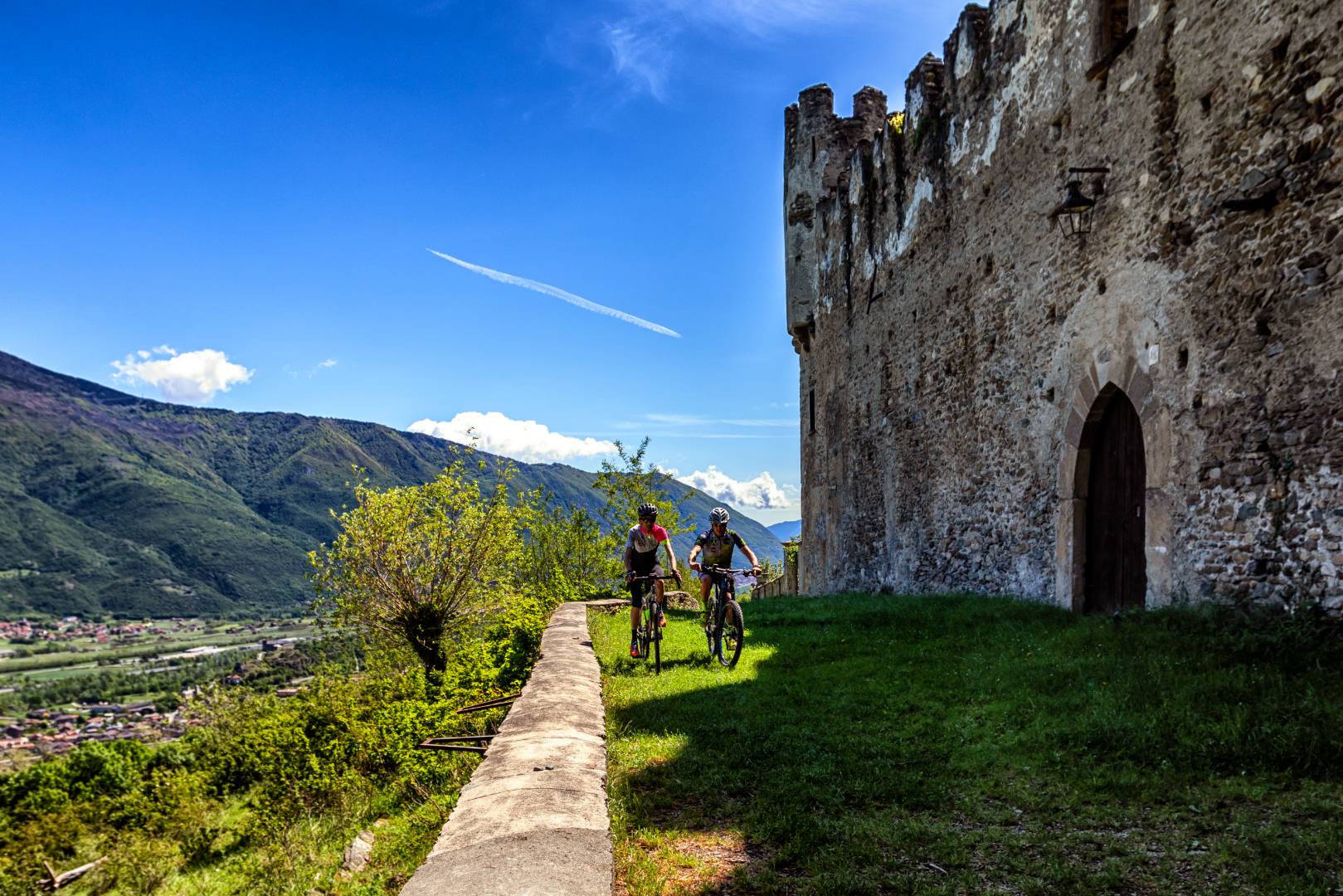
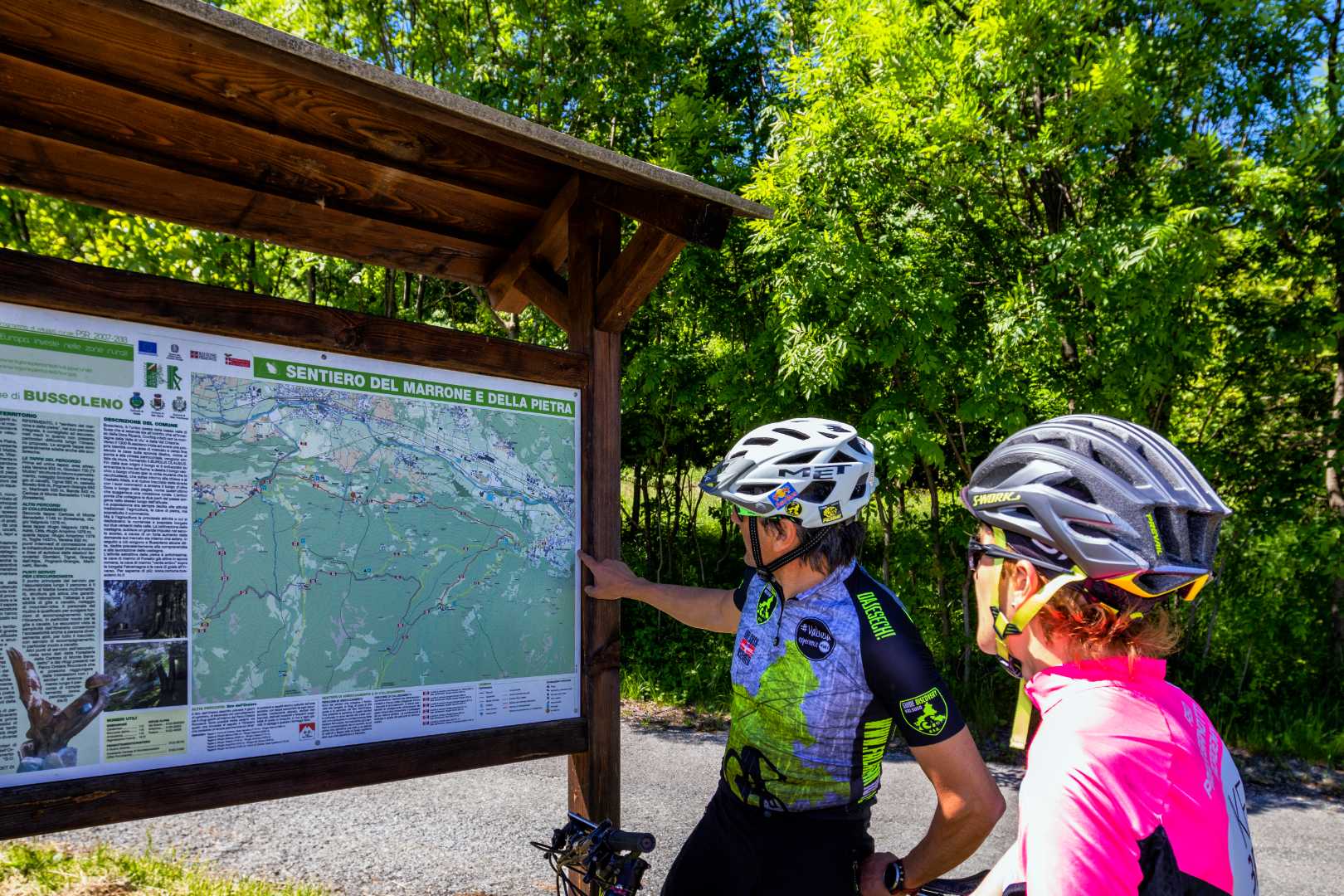
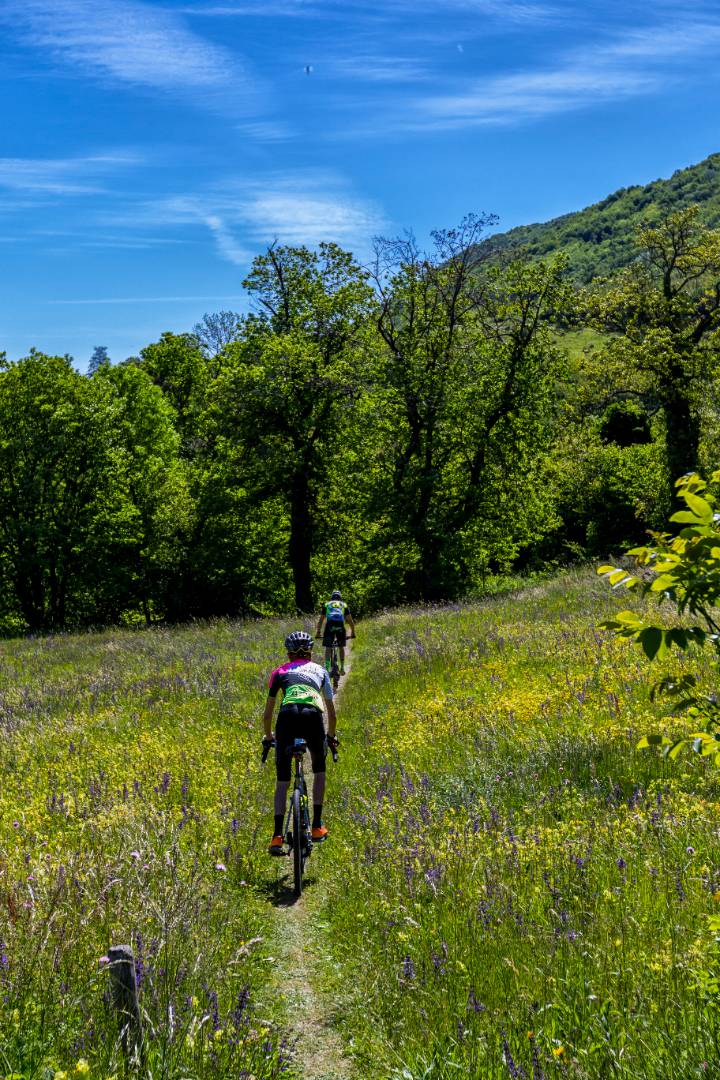
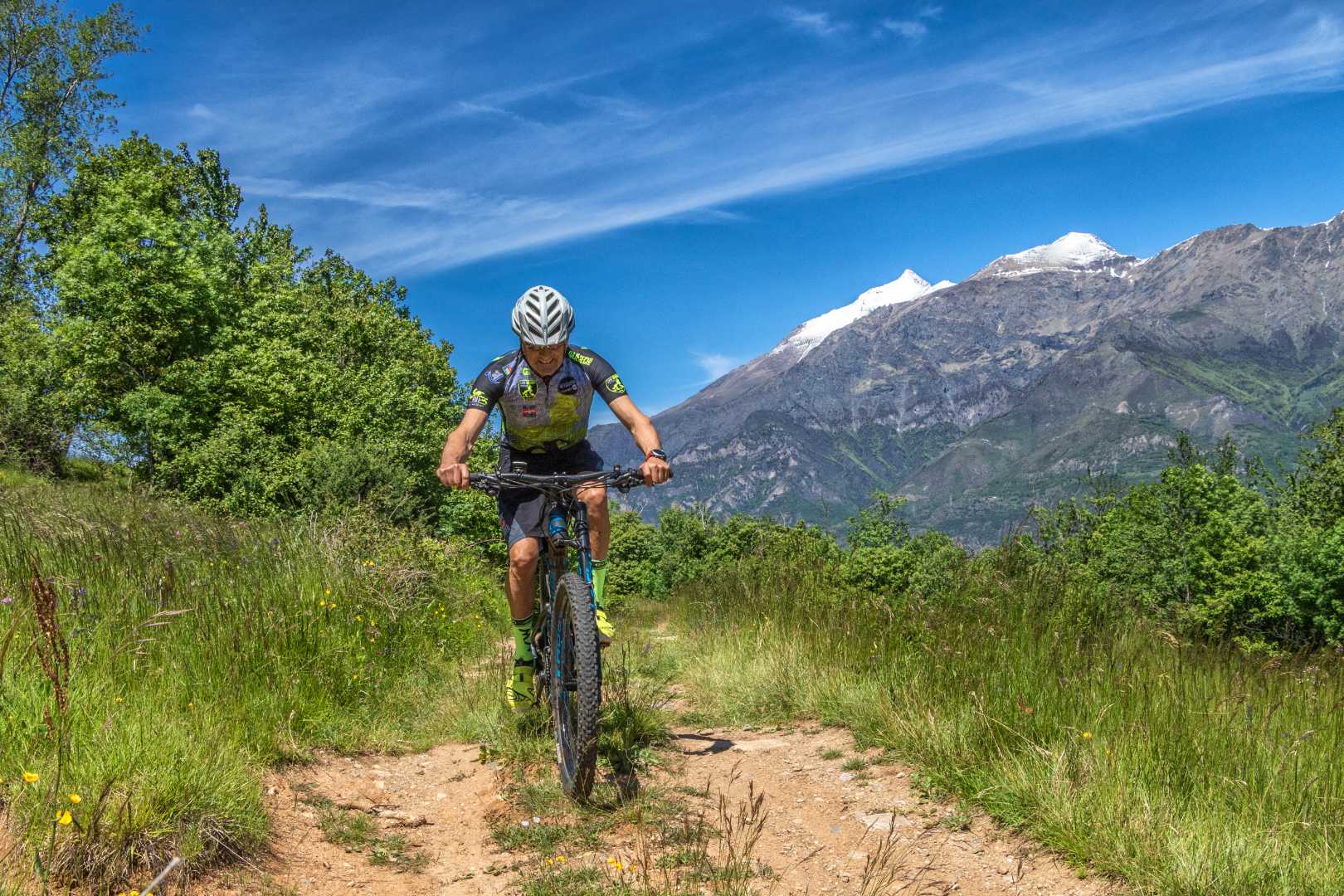
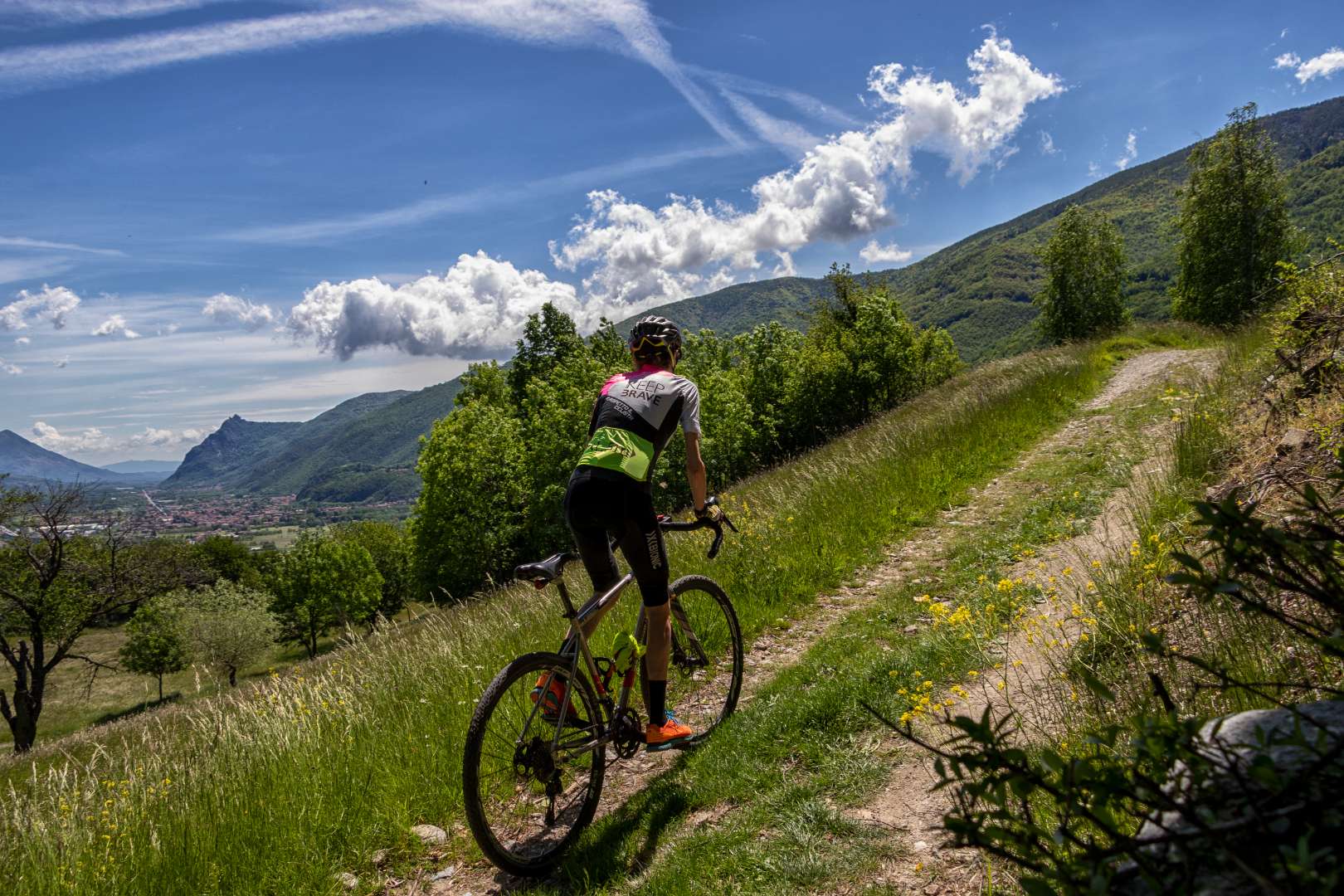
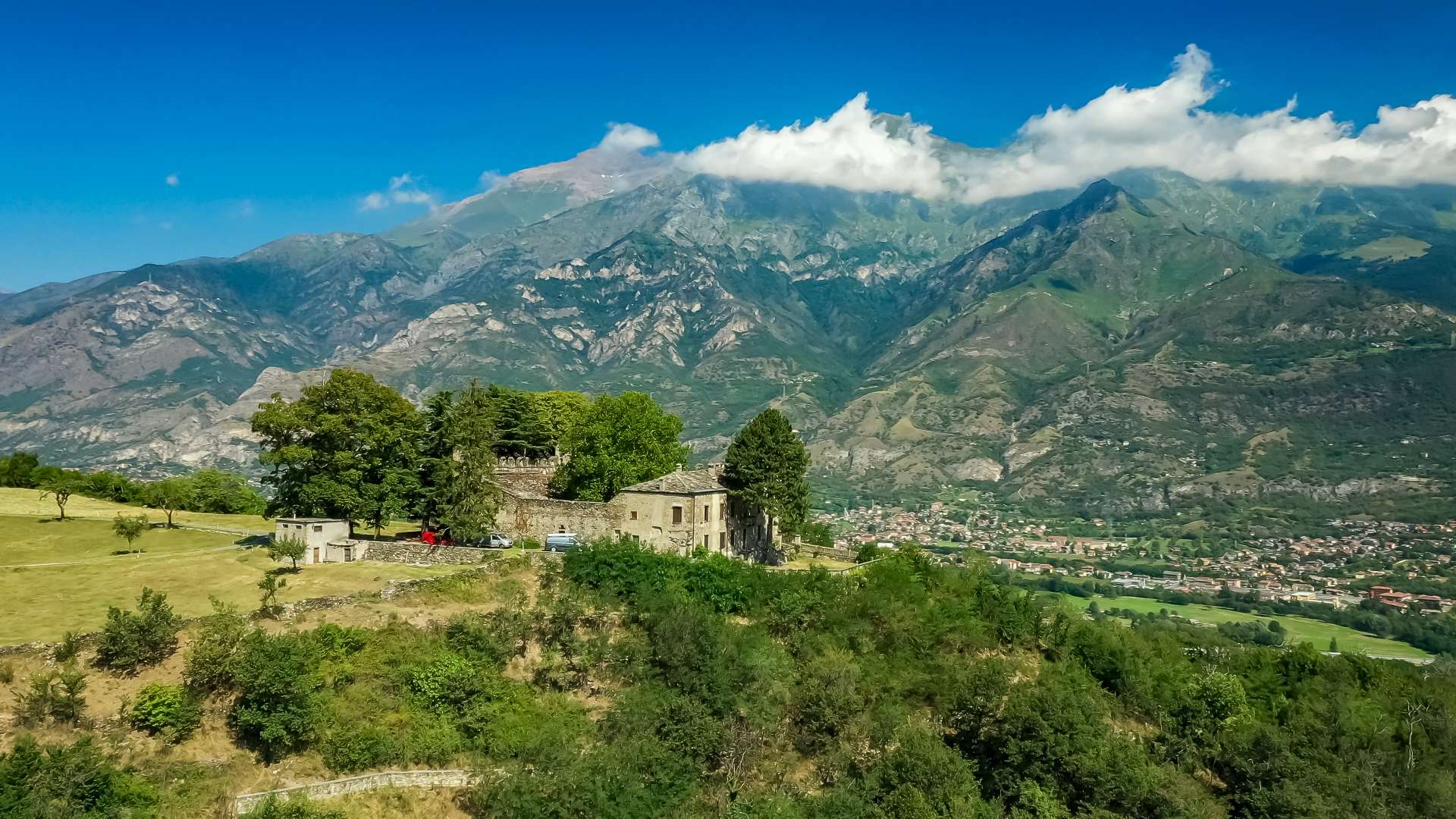
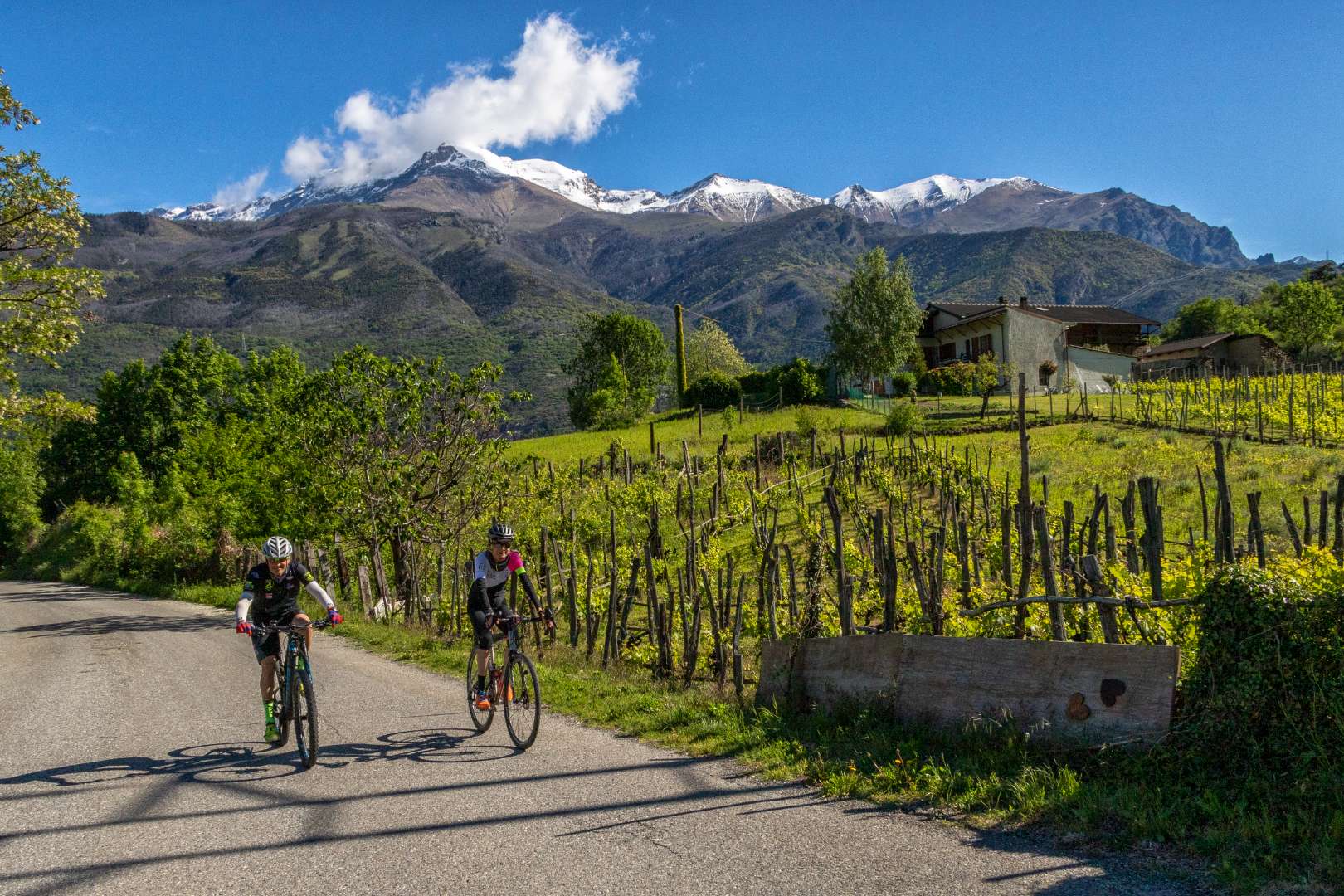
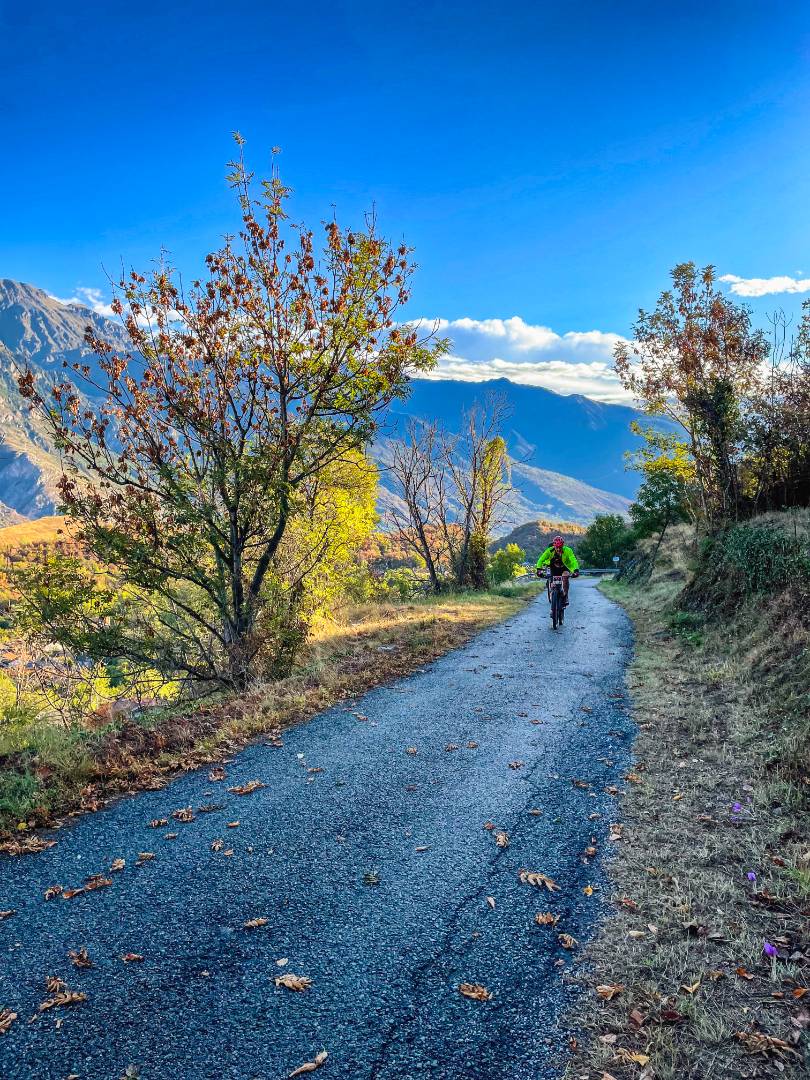
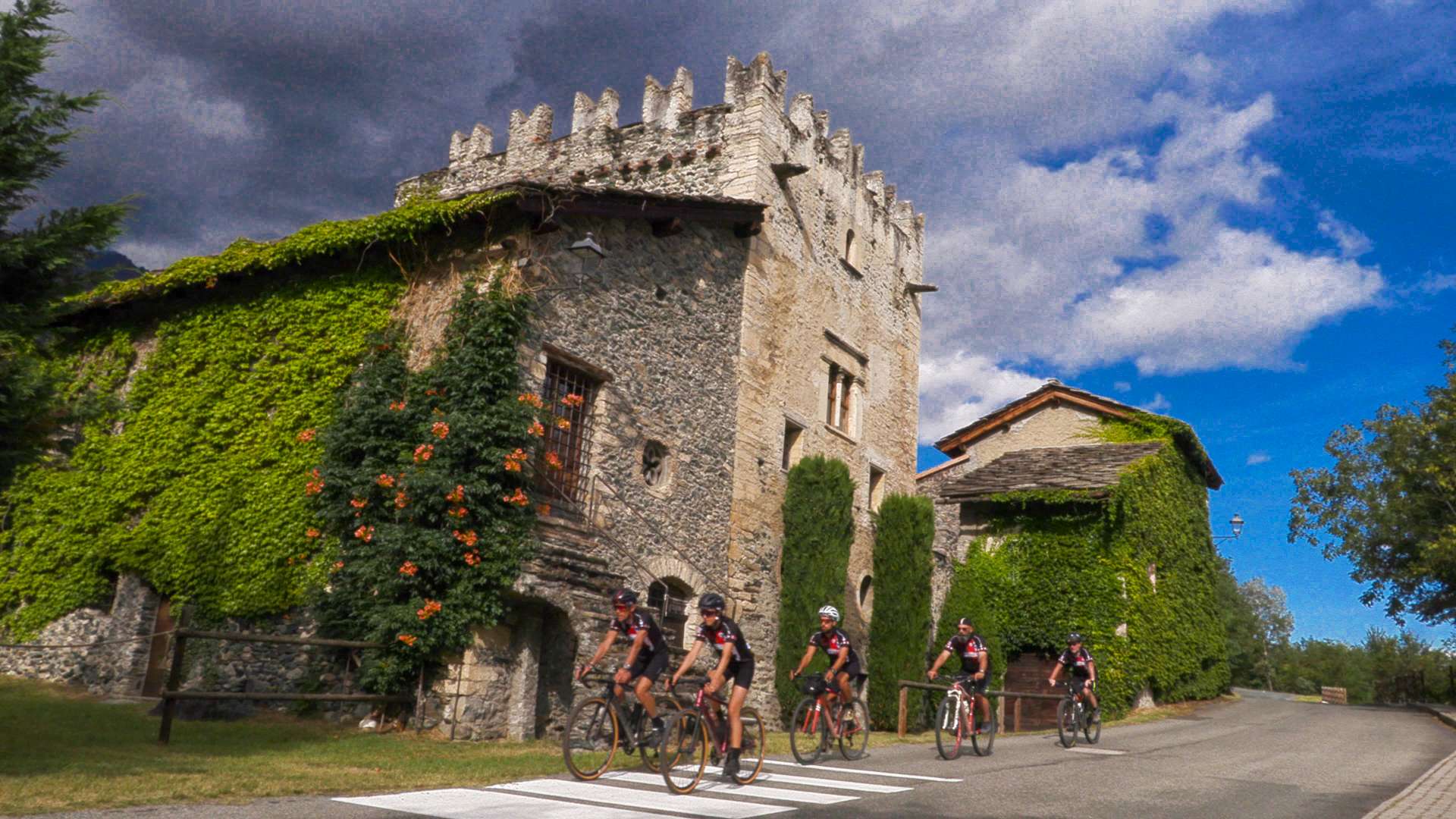
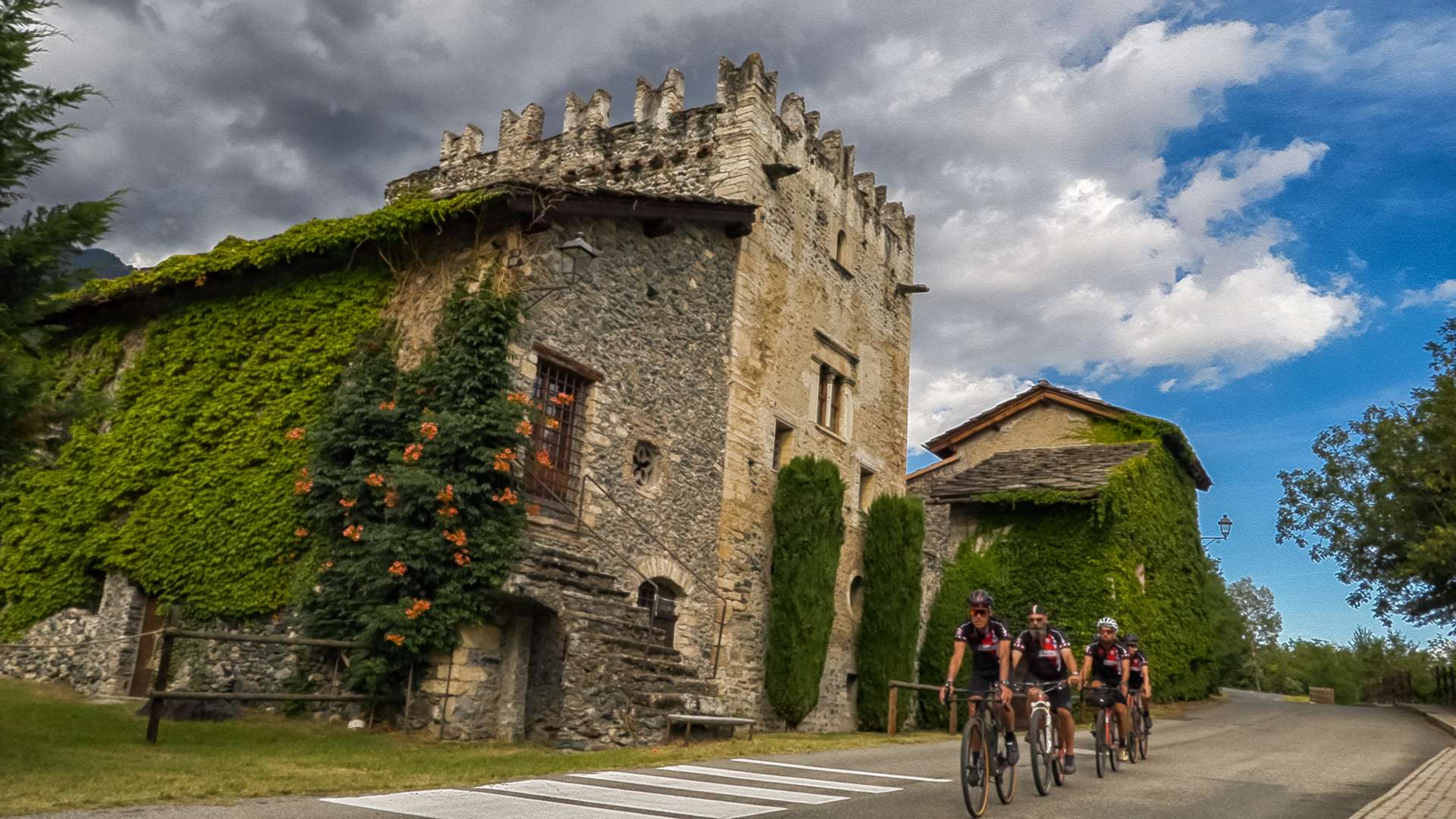
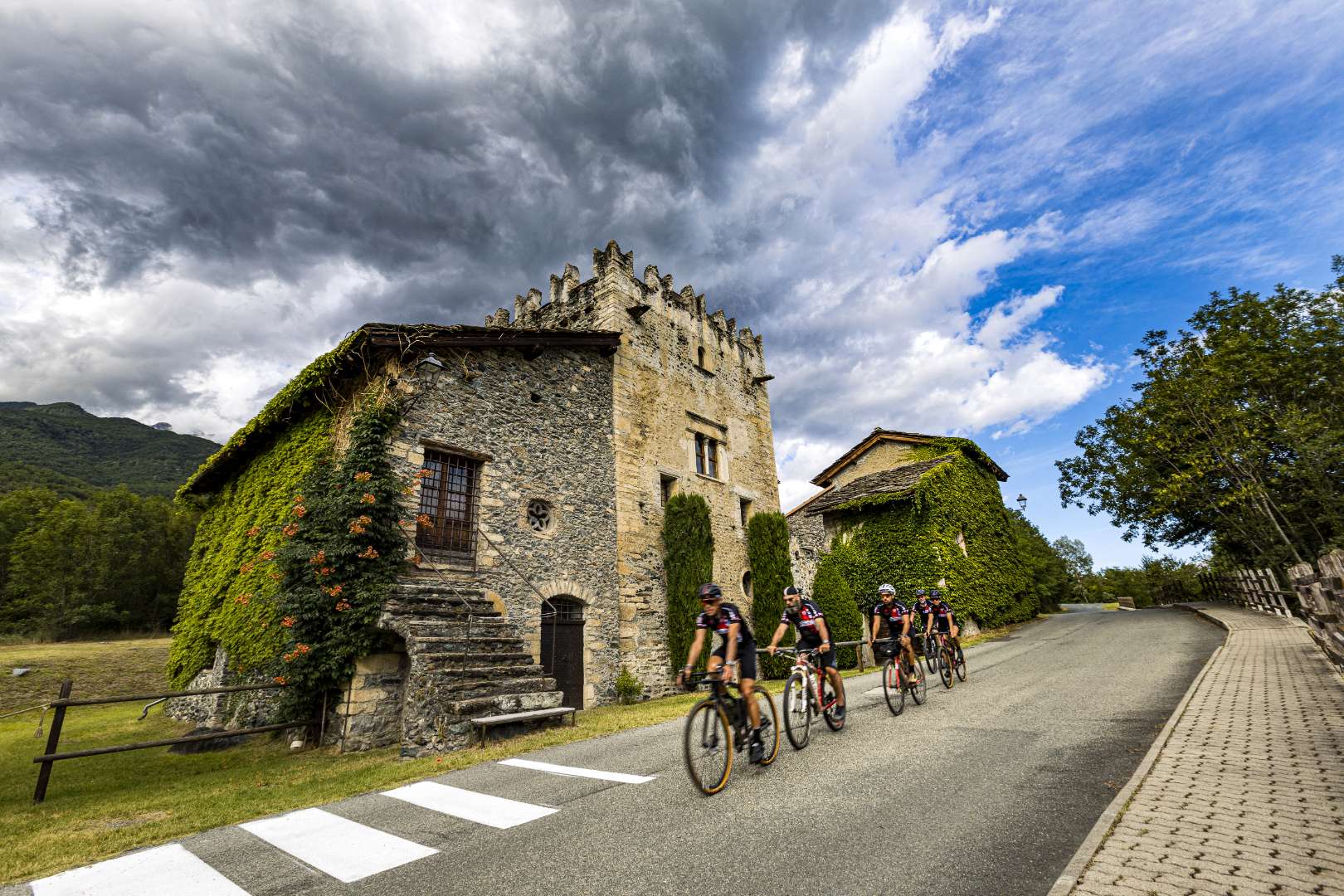
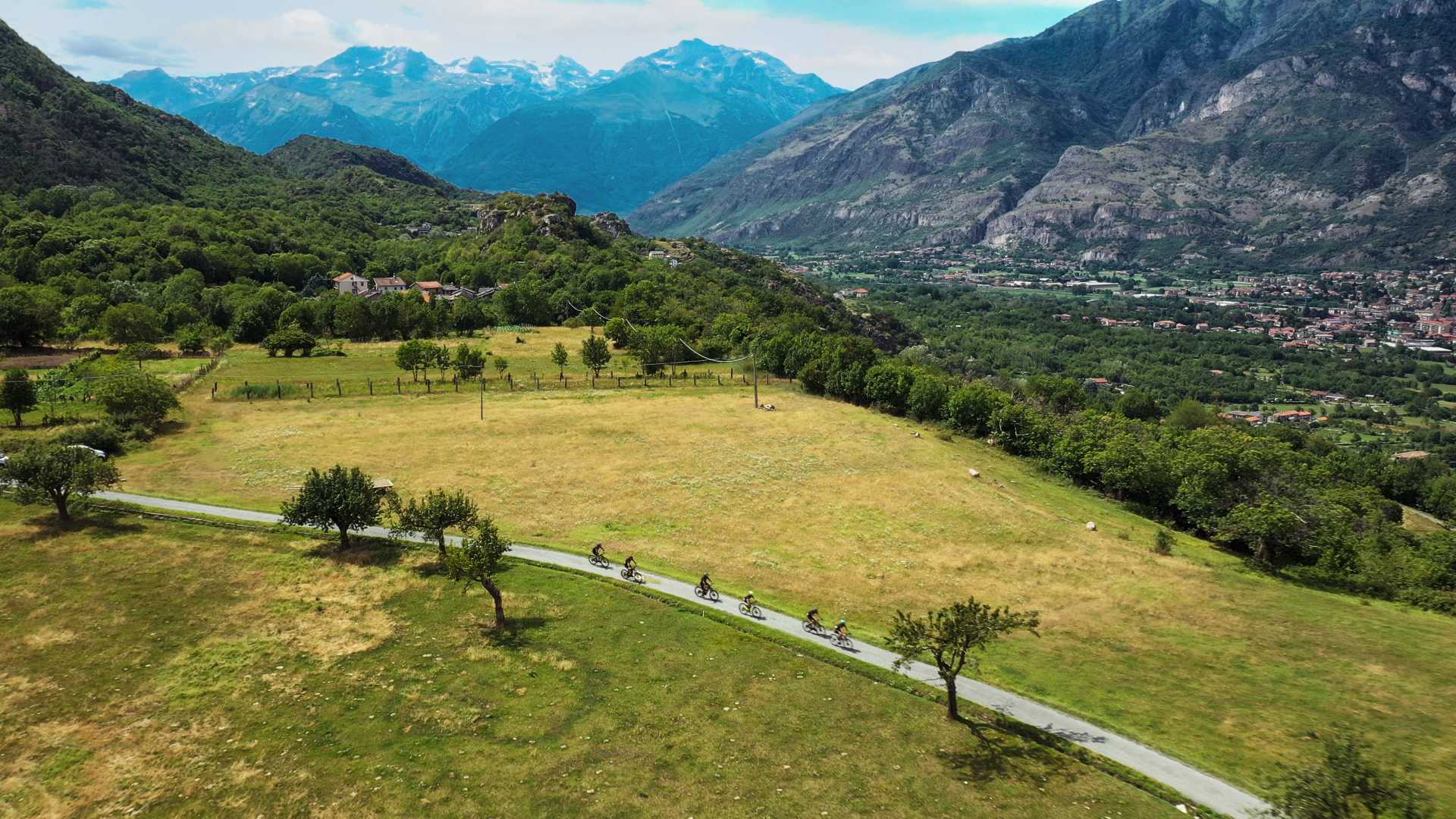
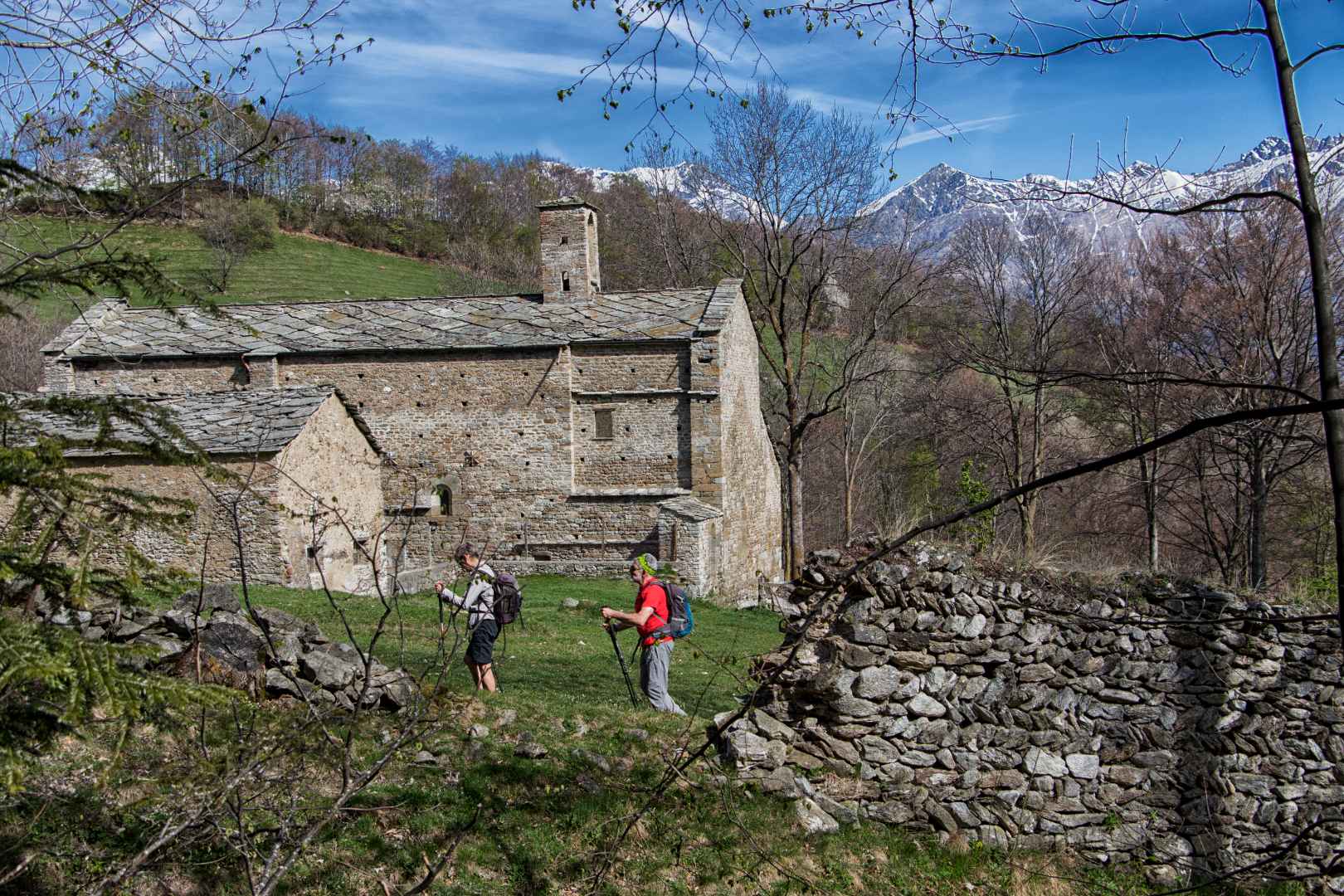


















Address: Via Mazzini, 44 – 10059 Susa, TO – Italy
Tel. +39 0122 622855
E-mail: hotelnapoleon@hotelnapoleon.it
CIN: EN001270A1WFZEN2L7

Address: Via Mazzini, 44 – 10059 Susa, TO – Italy
Entrance from Via Pietro Quaglietti.
Tel. +39 0122 622855
M. +39 350 9671126
E-mail: hotelnapoleon@hotelnapoleon.it
CIN: EN001270B4YCYJI4R3
P.I. 00604940015 – Company Data – Privacy Policy – Update your advertising tracking settings
P.I. 00604940015
Corporate Data
Privacy Policy
Cookie Settings
Design by Jampaa